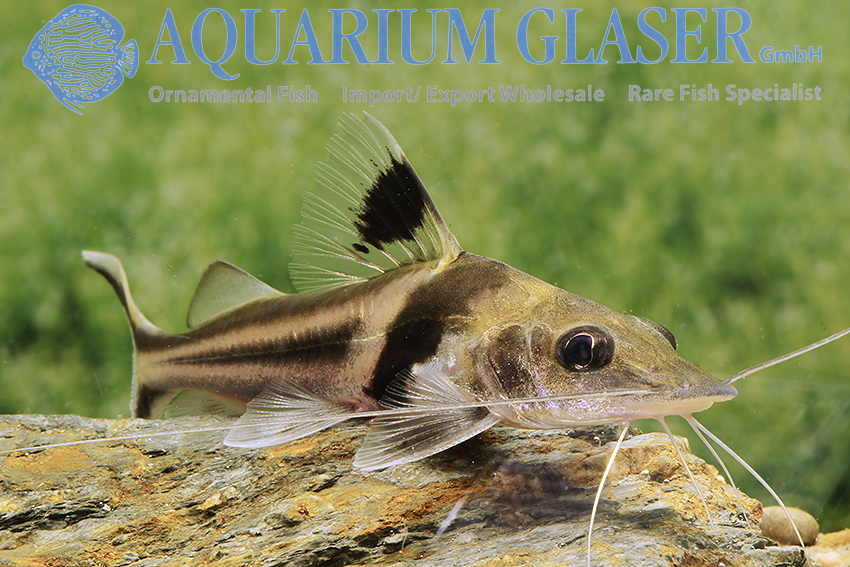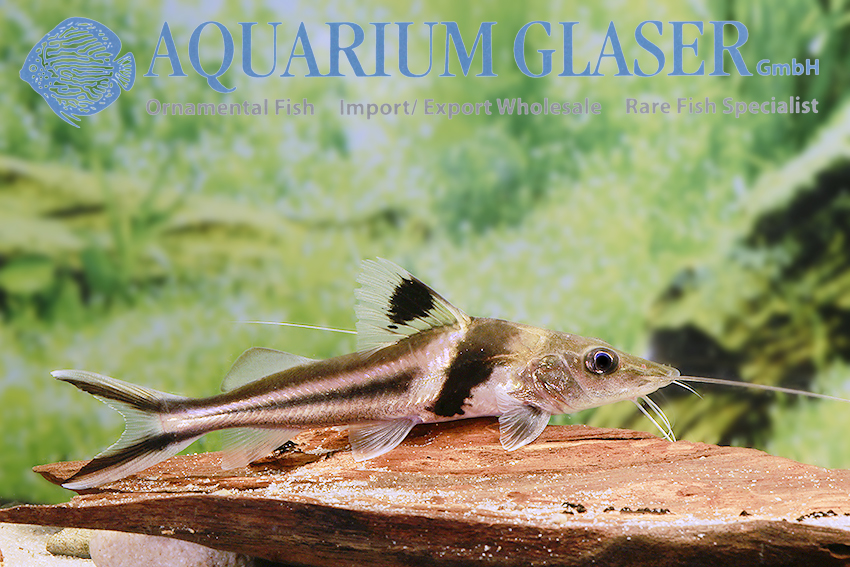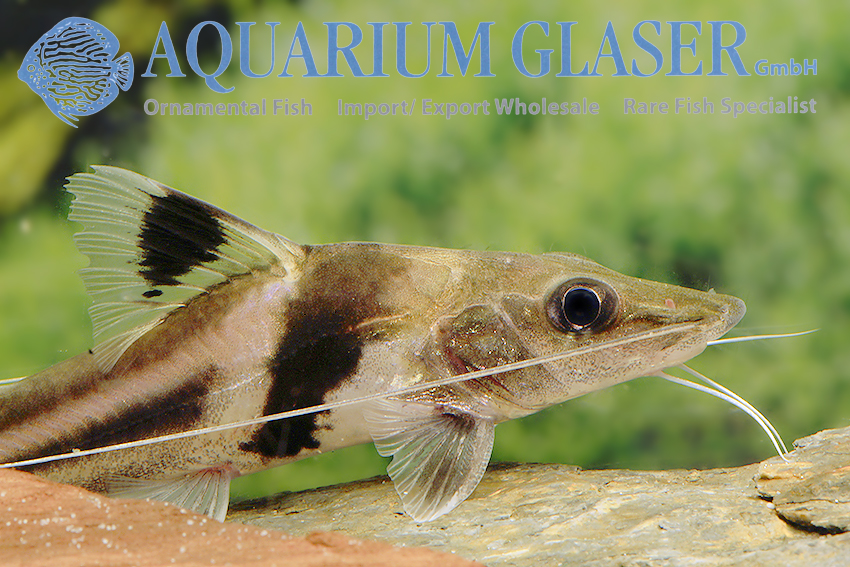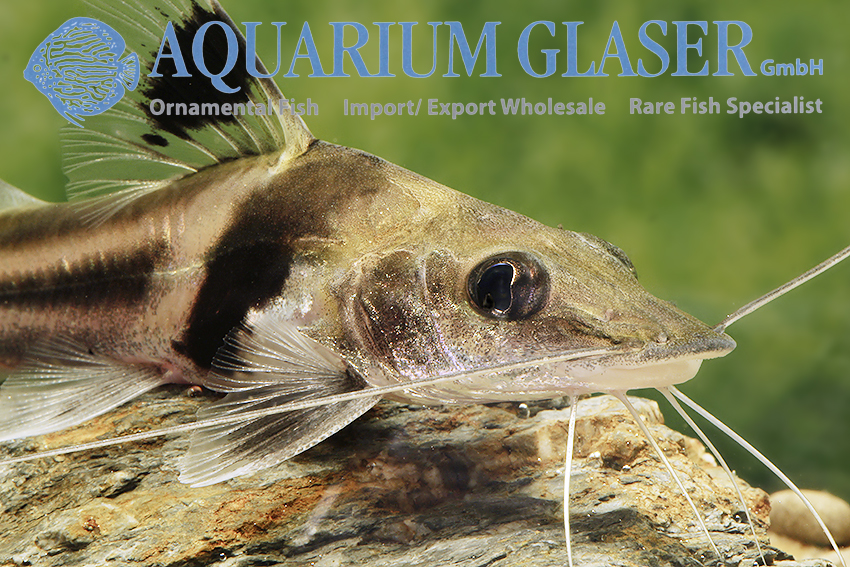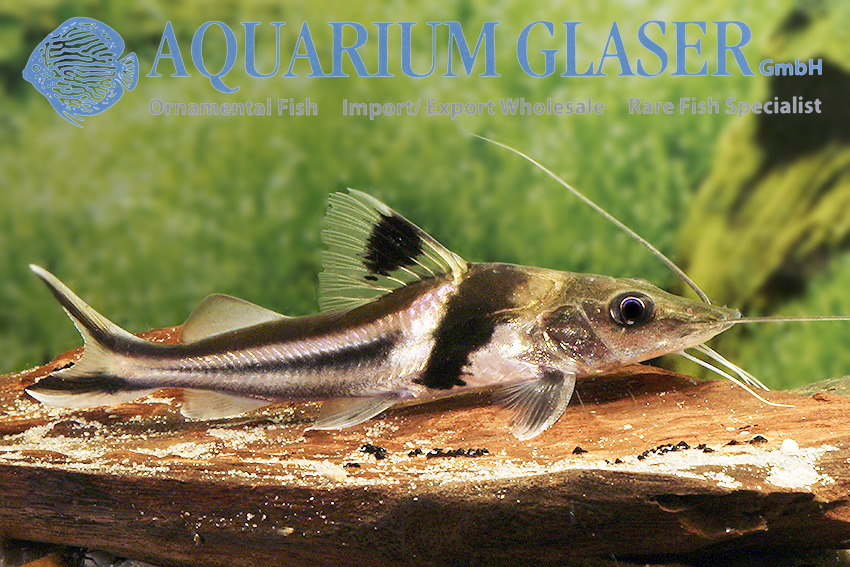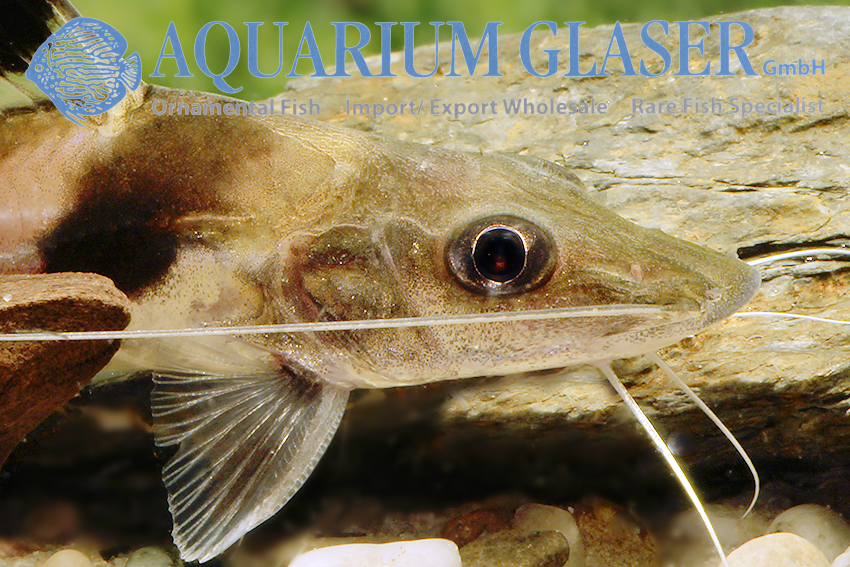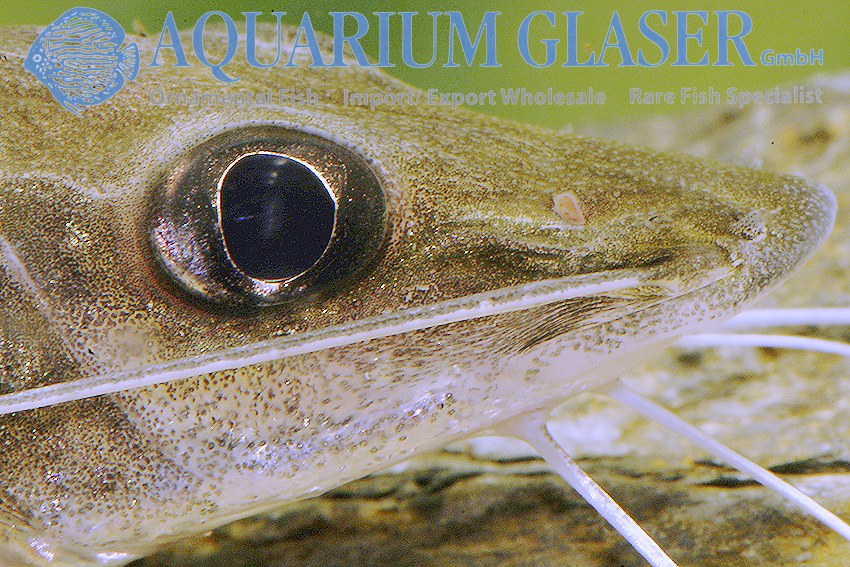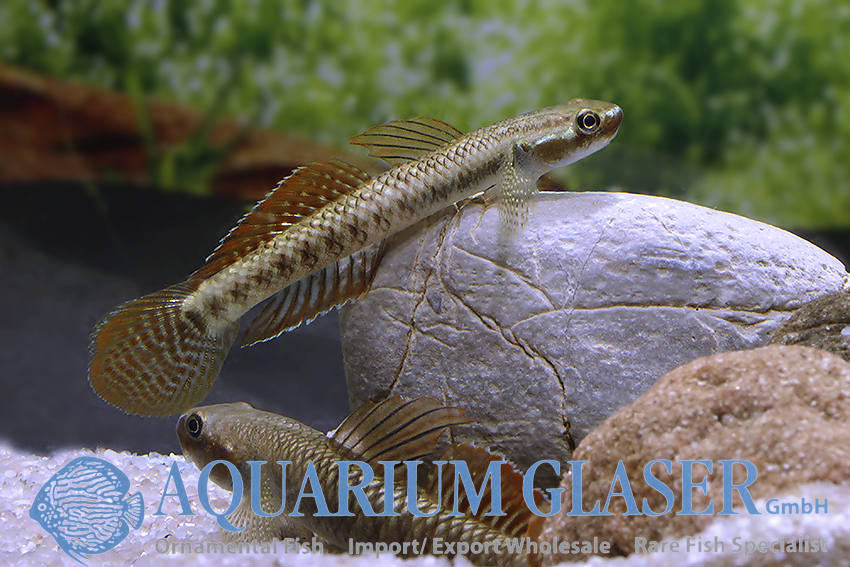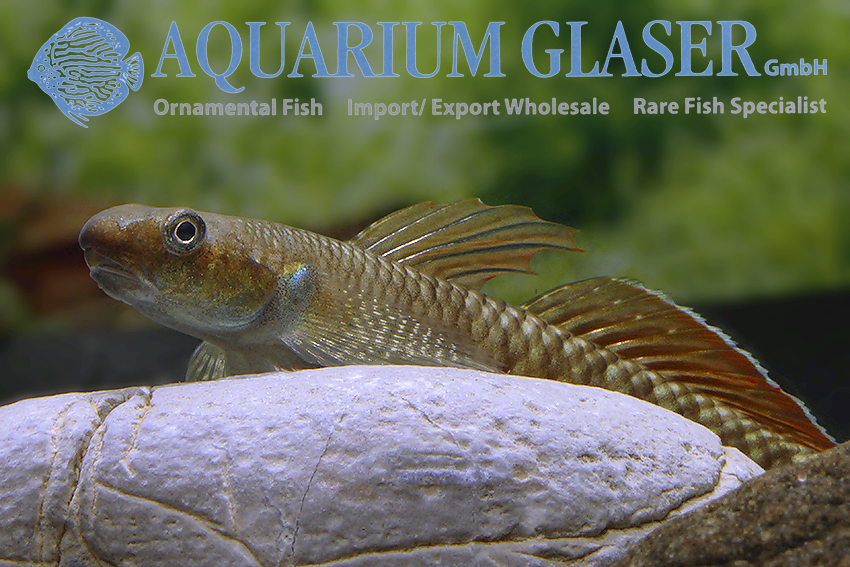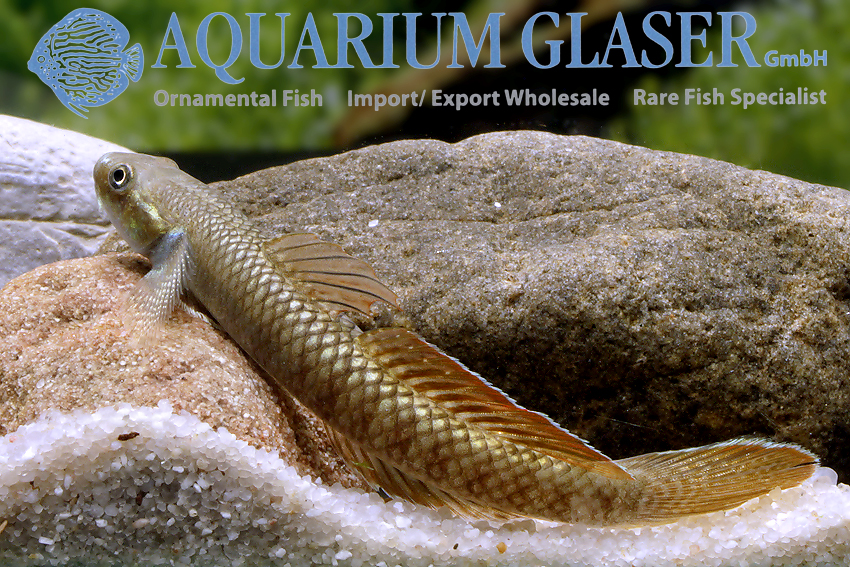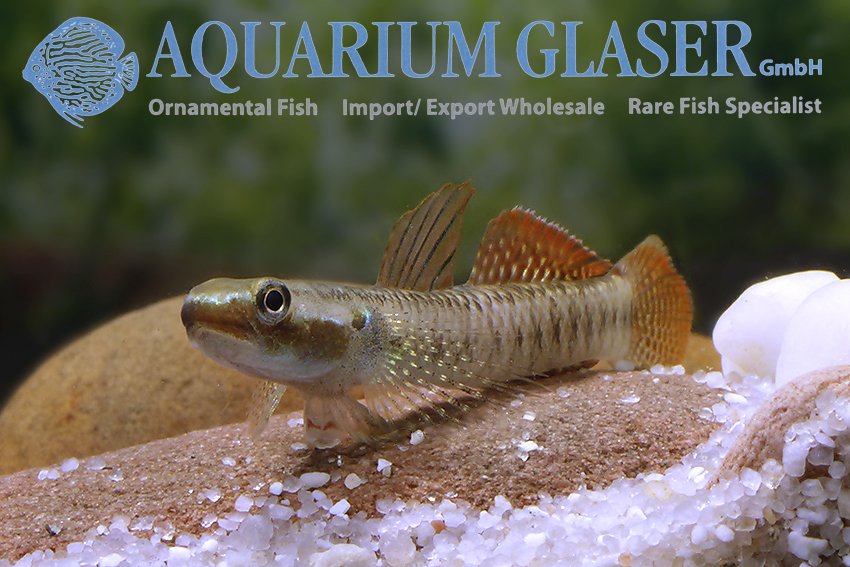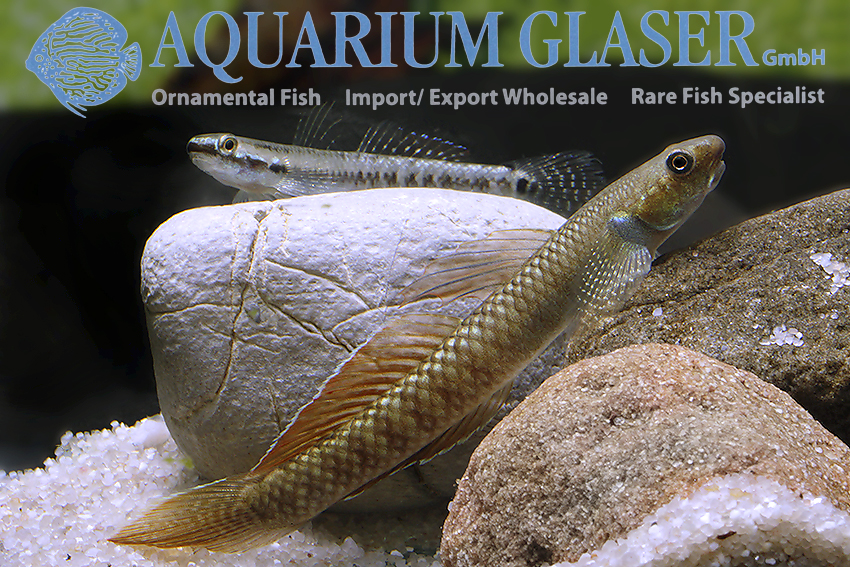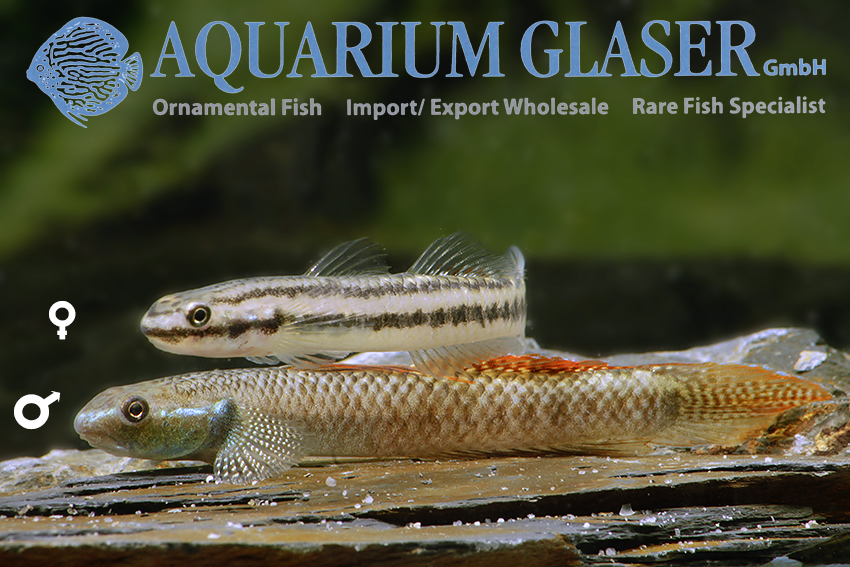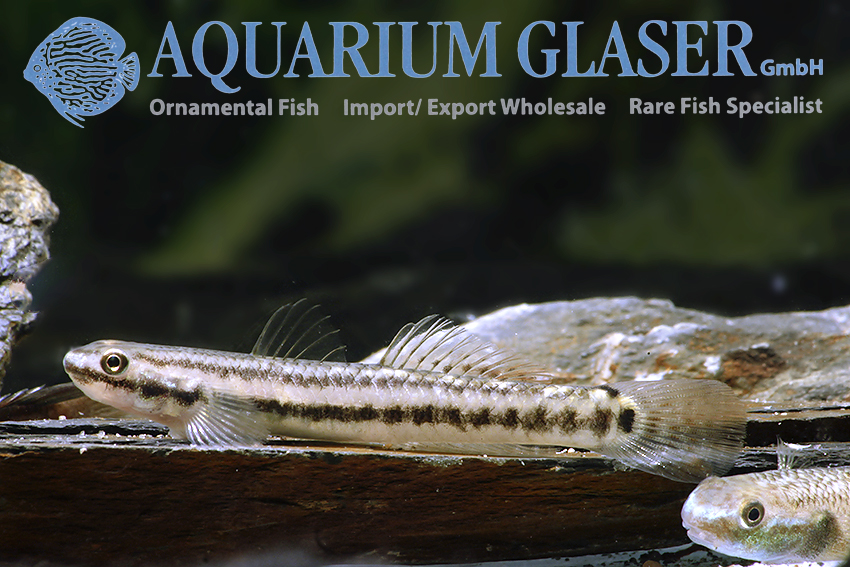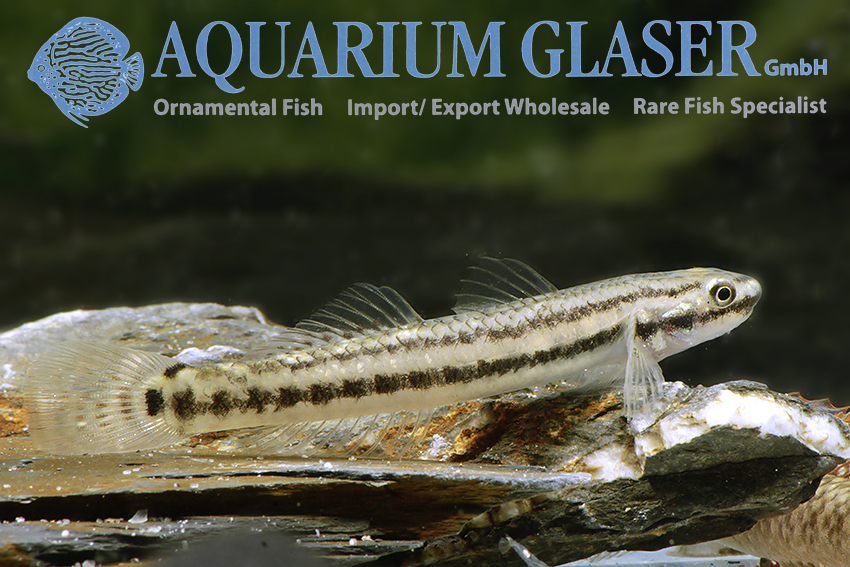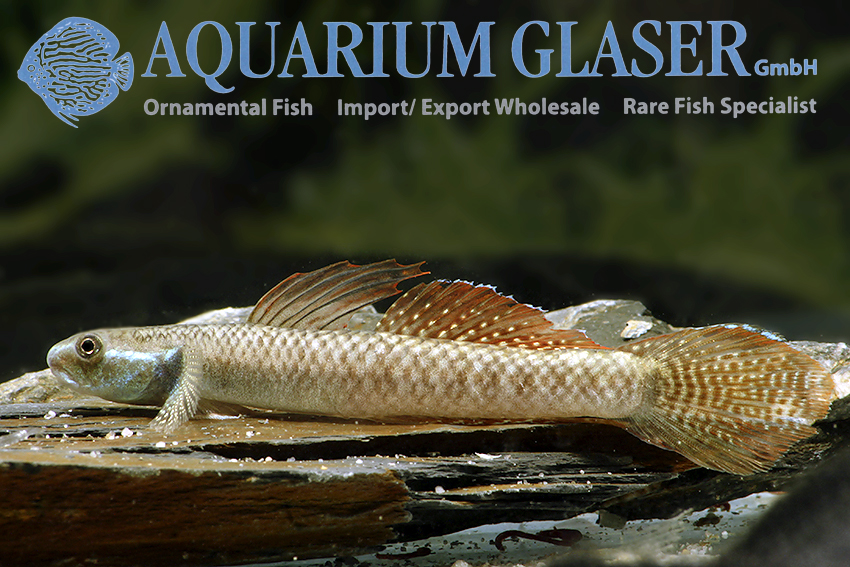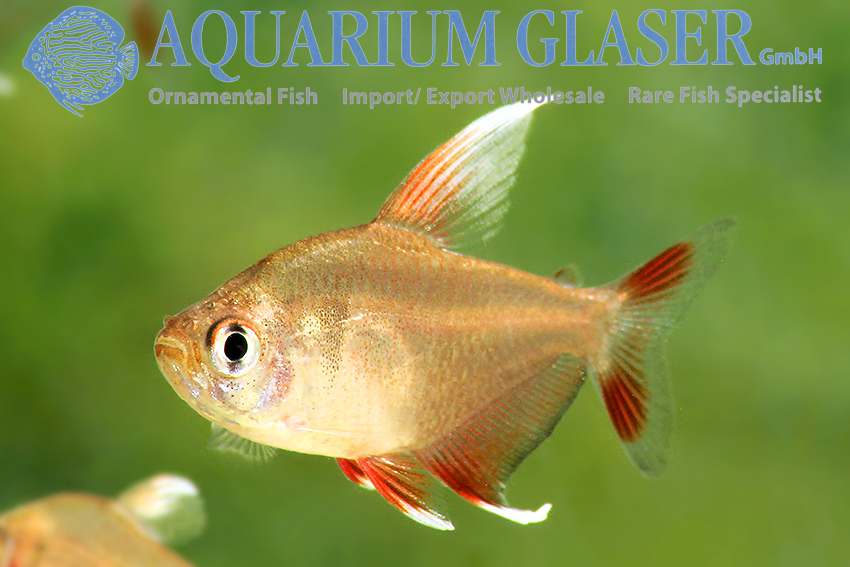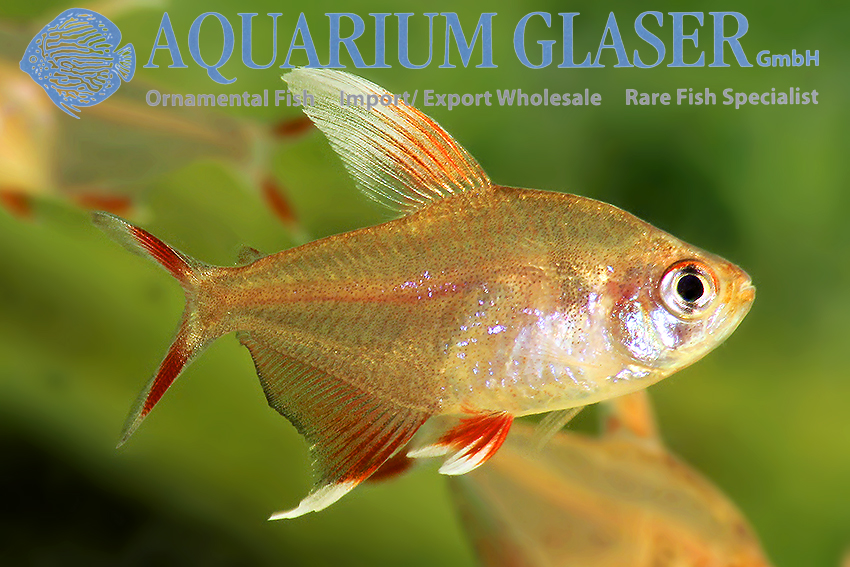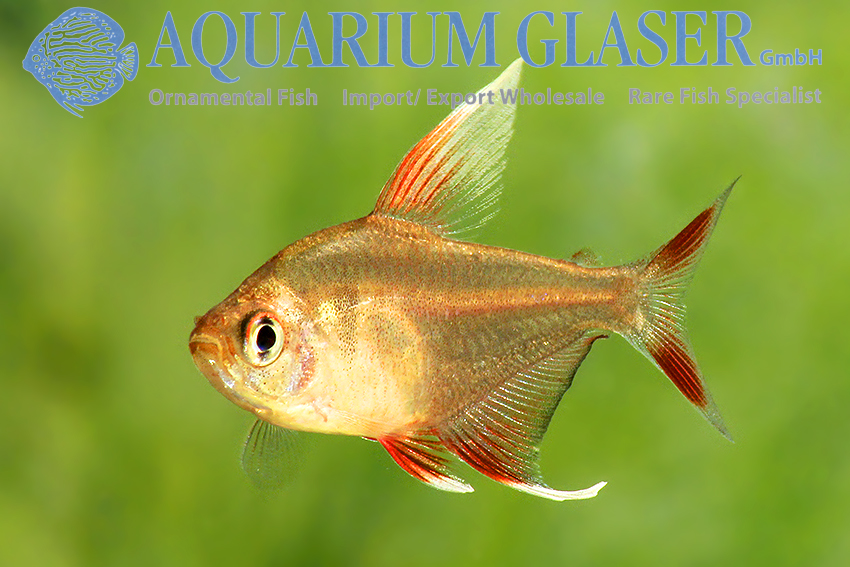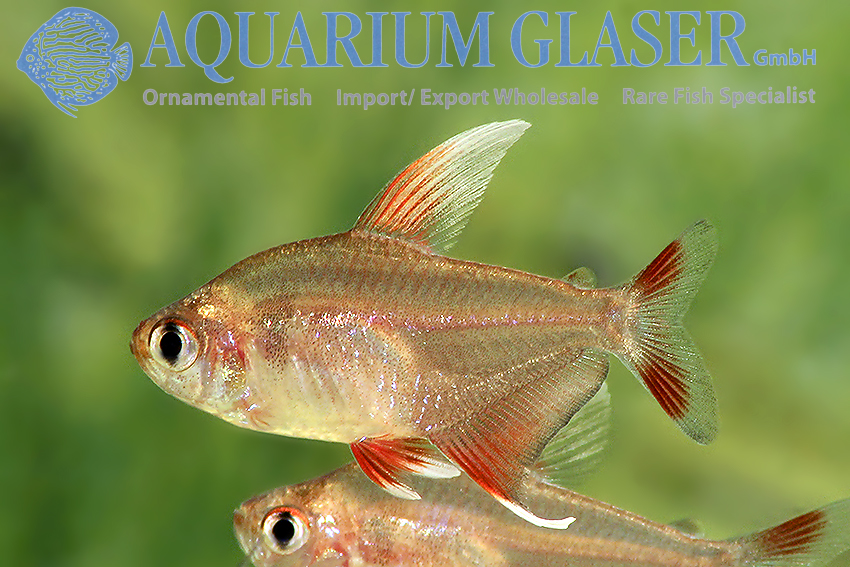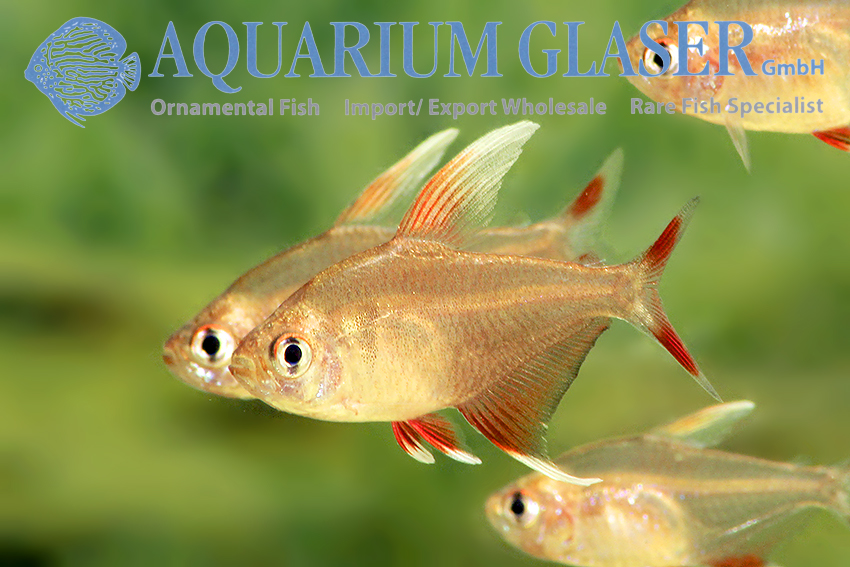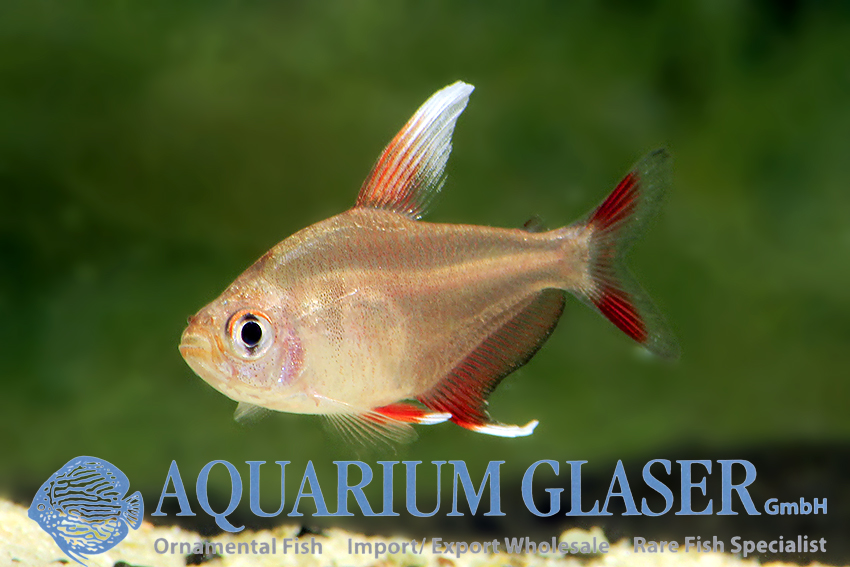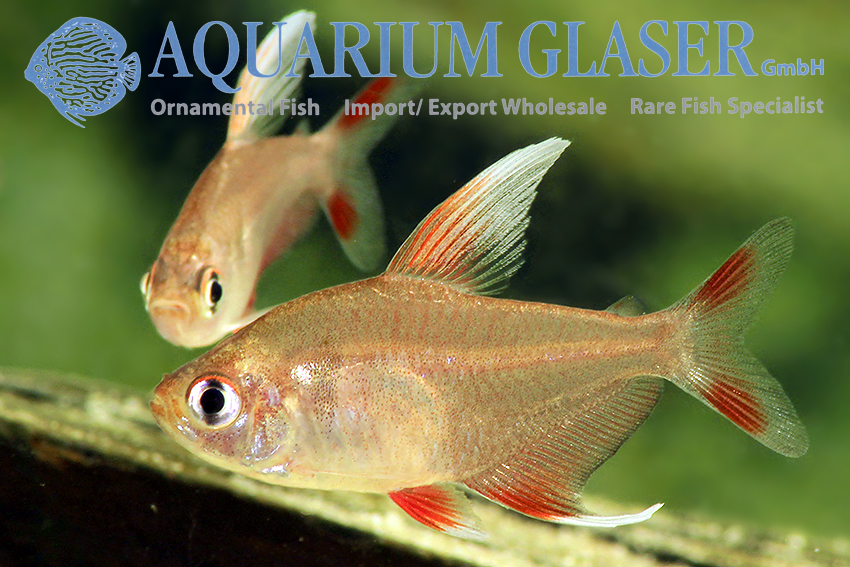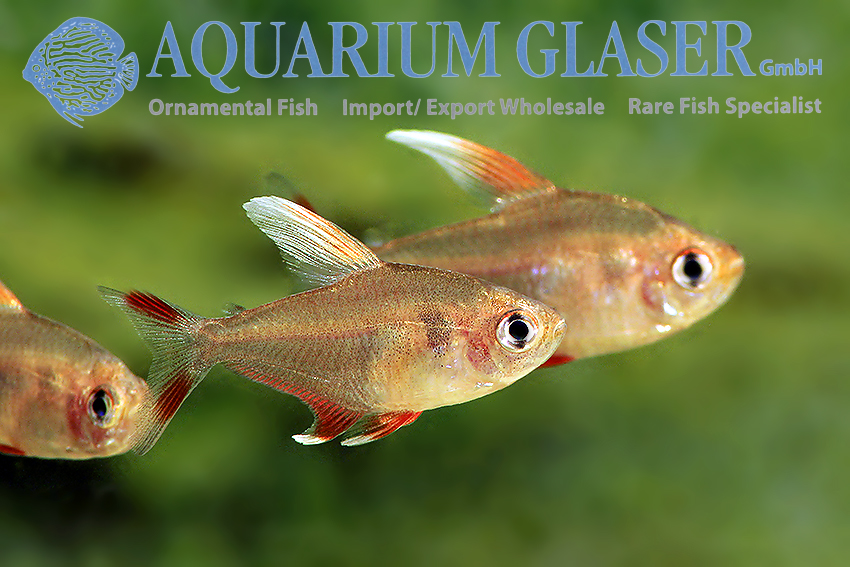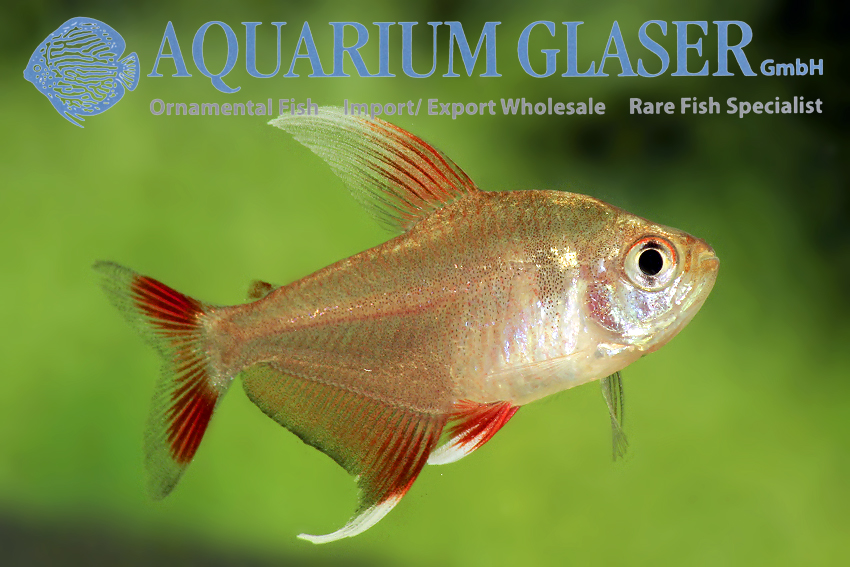One of the most attractive large catfishes is Pimelodus ornatus, which is common in large parts of tropical South America. It is reported from the big rivers Amazonas, Orinoco and Parnaná, in addition the Guyana states. Maximum size reported is 38.5 cm (excluding caudal fin).
The beautiful and lively fish is notorious for its venomous fin spines. Stings are considered extremely painful and are also prone to infection. Therefore, some caution should be exercised when catching it and fine-meshed nets should be used if possible, otherwise the fish can easily become entangled in the meshes with their serrated fin spines. When freed, stings can then easily occur.
Interestingly, females of this species have been found to have the ability to store sperm. Thus, once fertilized, they can lay viable fertilized eggs without a male. Since this requires internal fertilization, it would be very interesting to know how this occurs. Any externally recognizable sex differences or mating organs do not exist in P. ornatus.
Unfortunately Pimelodus ornatus is imported only rarely, so that breeding reports in the aquarium – one needs for it undoubtedly larger aquariums starting from 200 cm edge length and several specimens of both sexes – are still pending. The care itself is simple, there are no special demands on food and water. A strong current, soft bottom and dim light meet the requirements of the species perfectly. P. ornatus is peaceful among each other and towards other fish, as long as they are not considered as food.
The animals we can currently offer come from Peru.
For our customers: the fish have code 279604 (9-12 cm) and 279605 (12-15 cm) on our stocklist. Please note that we only supply wholesale.
Text & photos: Frank Schäfer





